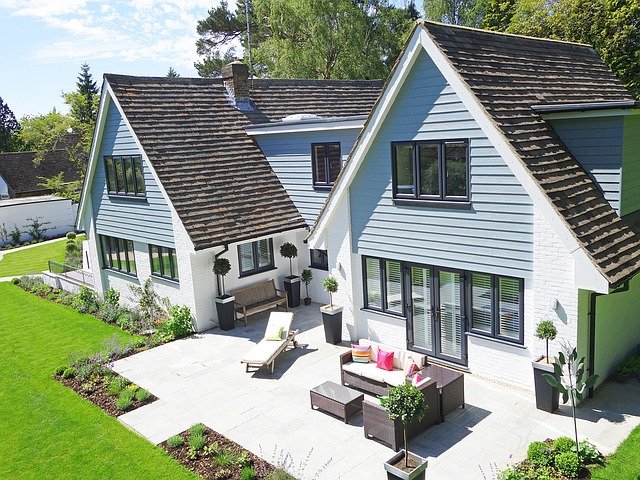National Average Home Improvement Costs: What You Need to Know
Understanding National Average Home Improvement Costs
The national average home improvement costs can vary widely depending on the scope of the project, the materials used, and the labor involved. However, having a general idea of these costs can provide homeowners with a baseline for estimating their own project expenses. Here are the national average costs for some common home improvement projects:
- Kitchen Remodel: The national average cost of a kitchen remodel ranges from $20,000 to $50,000, depending on the extent of the renovation. This may include replacing cabinets, countertops, appliances, and flooring.
- Bathroom Renovation: A bathroom renovation typically costs between $6,000 and $15,000 on average. This may involve updating fixtures, tiles, shower or tub, and vanity.
- Deck Addition: Adding a deck to your home can cost anywhere from $3,000 to $10,000 for a basic deck, while more elaborate designs or materials may increase the cost to $20,000 or more.
- Roof Replacement: The national average cost of a roof replacement is approximately $7,000 to $12,000, depending on the size and type of roof material used.
- Window Replacement: Replacing windows in a home can cost between $3,000 and $10,000 on average, depending on the number of windows and the type of material used.
Factors Influencing Home Improvement Costs
Several factors can influence the cost of home improvement projects, including:
- Size and Scope of the Project: Larger and more complex projects will generally incur higher costs due to materials, labor, and time required for completion.
- Materials Used: The quality and type of materials selected for a project will impact the overall cost. Premium materials will often come with a higher price tag than standard or budget-friendly options.
- Labor Costs: https://thehomeimprovements.net/ can vary depending on the region, the contractor’s experience, and the complexity of the project. Skilled labor and specialized trades may command higher hourly rates.
- Permits and Fees: Some home improvement projects may require permits from local authorities, which can add to the overall cost. Additionally, there may be fees associated with inspections, zoning, or other regulatory requirements.
- Market Conditions: Economic factors, such as supply and demand, can influence the cost of materials and labor in the home improvement industry. Fluctuations in the housing market and construction industry can impact project costs.
Tips for Managing Home Improvement Expenses
To manage home improvement expenses effectively and stay within budget, consider the following tips:
- Set a Realistic Budget: Determine how much you can afford to spend on your home improvement project and set a budget accordingly. Be sure to account for unexpected expenses or contingencies.
- Obtain Multiple Quotes: Shop around and obtain quotes from multiple contractors or suppliers for your project. Compare prices, services, and timelines to find the best value for your budget.
- Prioritize Essential Upgrades: Identify the most critical areas of your home that require improvement and prioritize these upgrades within your budget. Focus on projects that add the most value or address safety and maintenance issues first.
- Consider DIY Options: Depending on your skill level and the complexity of the project, consider tackling some aspects of the renovation yourself to save on labor costs. However, be realistic about your abilities and seek professional help for complex or specialized tasks.
- Plan for Contingencies: Build a buffer into your budget for unexpected expenses or changes to the project scope. Having a contingency fund can help cover unforeseen costs without derailing your renovation plans.
Conclusion
Understanding the national average home improvement costs and the factors that influence these costs is essential for homeowners embarking on renovation projects. By having a clear understanding of project expenses, setting a realistic budget, and carefully managing expenses, homeowners can achieve their desired home improvements while staying within financial constraints.





:max_bytes(150000):strip_icc()/definition-of-mental-illness-4587855-v1-cd7f9f37c61c49099ac8ede282db1e73.png)





